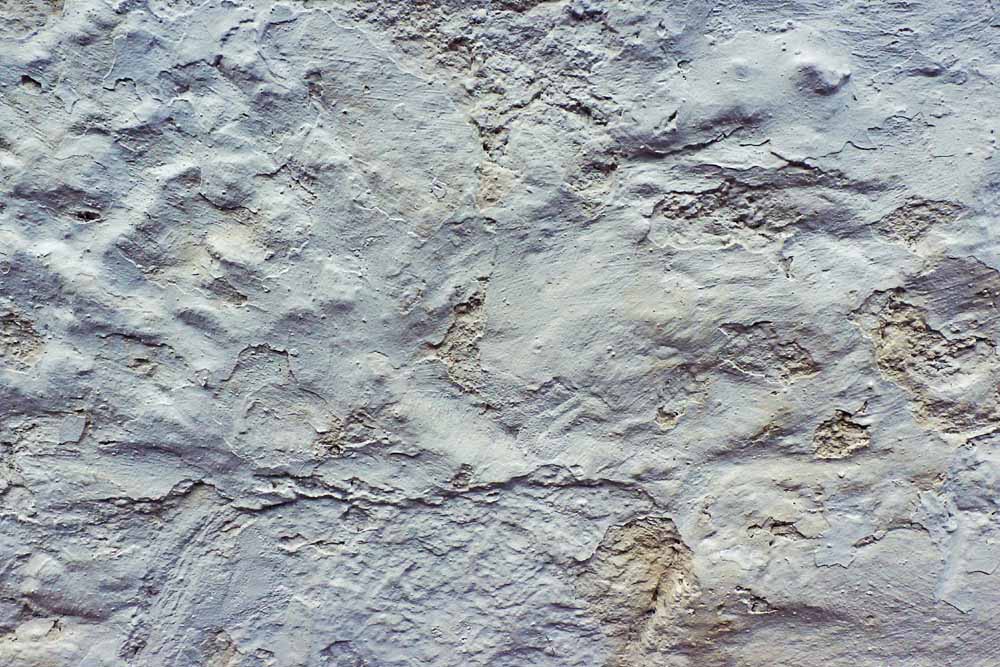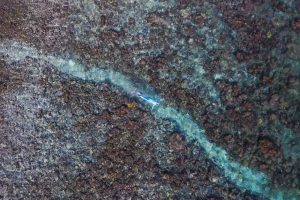Limestone is a carbonate sedimentary rock that is often composed of the skeletal fragments of marine organisms such as coral, foraminifera, and molluscs. Its major materials are the minerals calcite and aragonite, which are different crystal forms of calcium carbonate.
Limestone is formed in two ways. It can be formed with the help of living organisms and by evaporation. Ocean-dwelling organisms such as oysters, clams, mussels and coral use calcium carbonate (CaCO3) found in seawater to create their shells and bones. … The water pressure compacts the sediment, creating limestone.
It is ordinarily white but may be colored by impurities, iron oxide making it brown, yellow, or red and carbon making it blue, black, or gray.
A soft limestone with a very fine texture that is usually white or light gray in color. it is hard to scratch, easy to clean.
While limestone is an attractive, heat-resistant choice for kitchen countertops, compared to other natural stones. it is a great flooring product and easy to clean. Limestone cladding is becoming increasingly popular. Even in fence and landscaping designs


